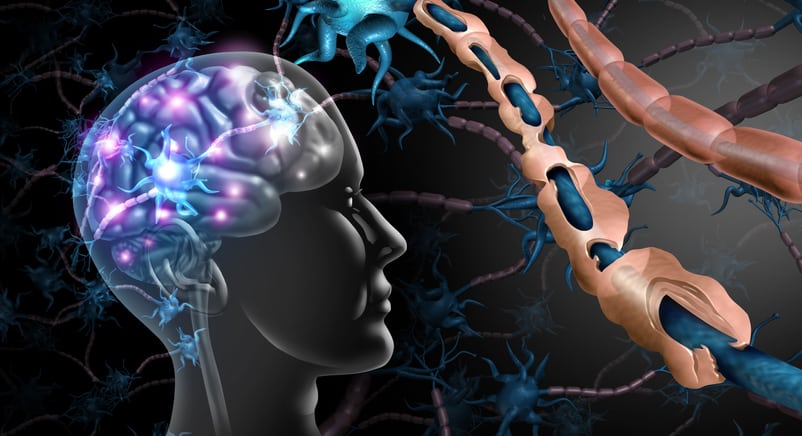Glucagon-like peptide-2 (GLP-2) is a peptide hormone that belongs to the glucagon-derived peptide family. We have previously shown that analogues of the sister hormone Glucagon-like peptide-1 (GLP-1) showed neuroprotective effects. Here we investigated the effect of a GLP-2 agonist in a cell model of Parkinson’s disease (PD) created by treating SH-SY5Y or Neuro-2a cells with 1-Methyl-4-phenyl-pyridine ion (MPP+). Cell viability and cell cytotoxicity was detected by MTT and LDH assays, respectively. The protein expression levels of mitochondrial, autophagy and apoptotic biomarkers including PGC-1α, Mfn2, IRE1, ATG7, LC3B, Beclin1 and Bcl-2 were detected by western blot. Mitochondrial superoxide was detected by MitoSOX Red. In addition, mitochondrial morphology, autophagosome and apoptotic corpuscles were observed by transmission electron microscope (TEM). We found that the GLP-1 and the GLP-2 agonists both protect cells against mitochondrial damage, autophagy impairments and apoptosis induced by MPP+both in SH-SY5Y and Neuro-2a cells. Cell signaling for mitogenesis was enhanced, and oxidative stress levels much reduced by the drugs. This demonstrates for the first time the neuroprotective effects of a GLP-2 analogue in PD cellular models, in which oxidative stress, autophagy and apoptosis play crucial roles. The protective effects were comparable to those seen with the GLP-1 analogue liraglutide. The results suggest that not only GLP-1, but also GLP-2 has neuroprotective properties and may be useful as a novel treatment of PD.Thieme. All rights reserved.
A GLP-2 Analogue Protects SH-SY5Y and Neuro-2a Cells Against Mitochondrial Damage, Autophagy Impairments and Apoptosis in a Parkinson Model.


